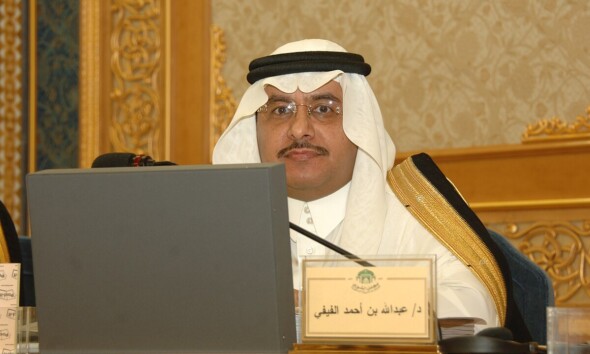Home » Interviews » Ahmed Reyad, an Egyptian Face-Reading Expert: Personality Analysis Inspires Self-Improvement and Societal Change!
Interviews
Ahmed Reyad, an Egyptian Face-Reading Expert: Personality Analysis Inspires Self-Improvement and Societal Change!
Published
3 weeks agoon
By
Huda Az
As our guest, Ahmed Reyad, explains in this interview, there are numerous cutting-edge and contemporary techniques and strategies meant to provide an analytical image of an individual’s visible and hidden characteristics. The human eye and observation can help achieve some of these, while others call for a methodical approach and a wealth of real-world experience gained via testing, application, and experimentation.
Interviewed by: Mohsen Hassan
Many people can become skilled observers and use body language data to form realistic opinions about hidden aspects of people’s personalities and whether they are human or not. Meanwhile, personality analysis, also known as the Enneagram, has been more advanced and modern since the 1930s, but it is still only available to experts in Personology, or the science of face reading.
Engineer Ahmed Reyad, an expert in Egyptian face reading, attests to this. He is among the few young specialists in the Arab world who have mastered this technique, gained experience with it, and produced measurable outcomes that demonstrate the full scope of this novel approach’s advantages.
In the lines that follow, Arabisk London posed several Personology-related queries, ranging from reflection and introspection to identifying human patterns and resolving numerous issues that affect people, families, and even professional and occupational communities.
Ahmed Reyad, the Engineer, what first sparked your interest in Personology?
Personology piqued my interest at a young age for two reasons: first, I was passionate about reading people’s faces, especially those of friends and family; and second, I was motivated by a desire to improve my interpersonal skills at the engineering and architectural firm where I work.
The fact that many human characteristics and features in Personology, such as forehead angles, the ratio of facial width to height, skull proportions, and so forth, are measured geometrically was a major factor in my decision to further specialise in this field. I also believed that there was a strong connection between the field of engineering and the data of Personology.
How have you developed your skills in this area over the years?
In general, the development has been satisfactory. I was able to create my methodology and style for analysing human traits, and I was able to link the theory of psychological geometric shapes and face reading to create a unique geometry that allowed me to pattern facial features and characteristics. This came about after I completed a series of tests and earned certifications designed to help me hone my personality skills, including scoring 94% on Dr. Paul Ekman’s test for facial deep reading (micro-expressions). 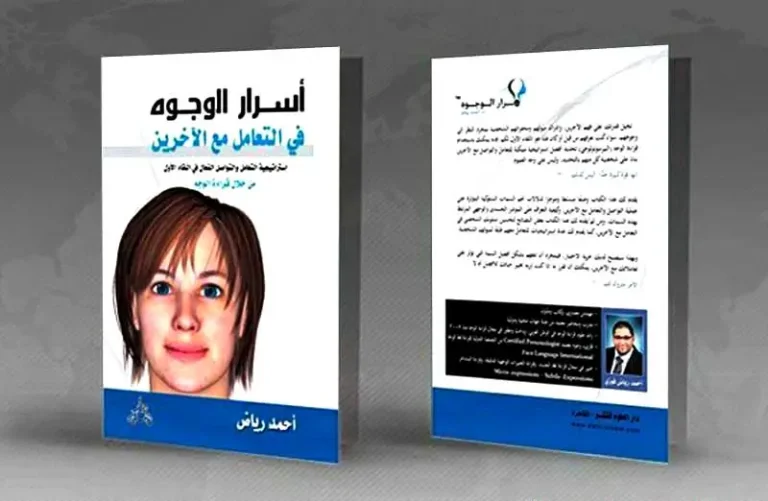
Additionally, after completing another specialised training certificate in the same field, I obtained an (expert) degree in reading emotions and subtle facial expressions (subtle-expressions) using Dr. Matsumoto’s approach and method, which allowed me to increase the accuracy of my revealing face readings to 92% in terms of matching facial features with personal characteristics that subsequently gave me the confidence to go through the experience of analysing well-known individuals, including over twenty artists, politicians, and cultural figures, among many others.
In your opinion, Ahmed Reyad, what would be the definition of Personology or face reading?
Personology, also known as face reading, is a technique that determines the general traits of any personality by closely examining the size, shape, and proportions of fixed facial features rather than just glancing at reactions and expressions. We can determine the tendencies, abilities, and motivations of any personality by identifying all of the fixed facial features, each of which reflects a personality trait and one of its behaviours.
Accordingly, Personology represents the modern and developed image of the phenomenon of (physiognomy) in its traditional and ancient Arab meaning; however, new foundations attribute this to the American judge (Edward Vincent Jones), who left his position as a judge to focus on this field of study after gaining extensive experience observing the behaviour of people who appeared before him in court and making a knowledgeable comparison between their personalities and facial features.
This occurred in the 1930s of the previous century. After that, Robert Whiteside finished what Jones had begun using more scientific techniques, field research, and applications that demonstrated the reliability of this science and the precision of its findings.
How does Personology relate to fortune-telling, what are its goals, and what is the extent of its rules and regulations?
In human behavioural analysis, there are sixty-eight behavioural traits with various physical and facial indicators that fall into five groups in the face and body, with each group theoretically linked to one of the brain’s lobes. These characteristics allow us to conclude any personality, whether through direct observation or the use of additional measurement and evaluation instruments. 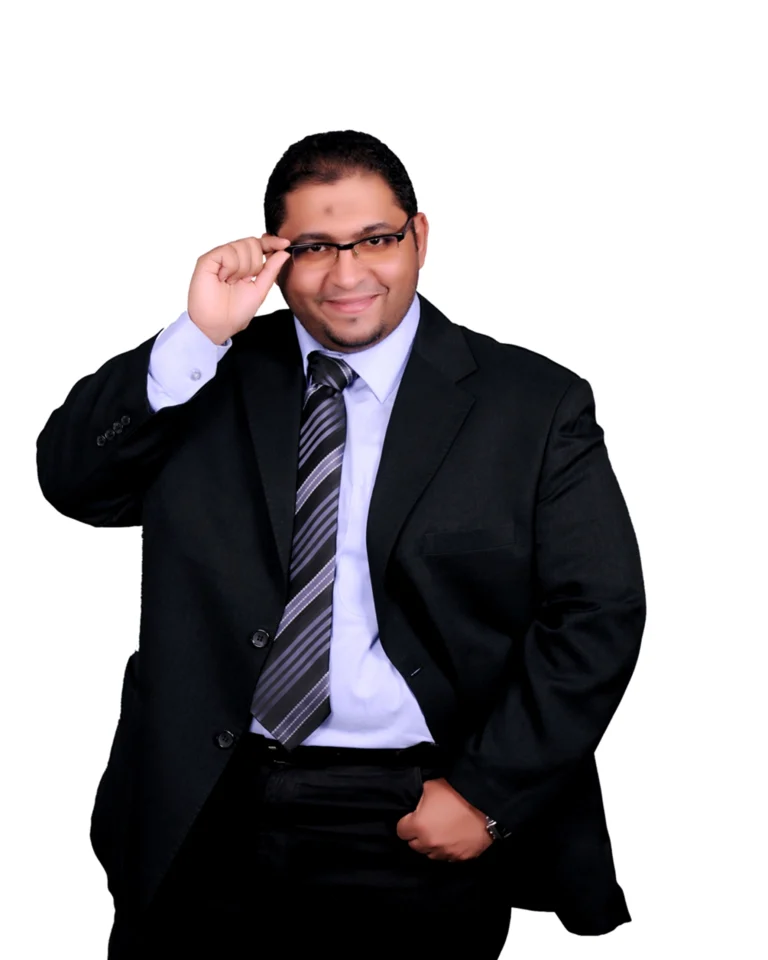
In some contexts, touch serves to recognise and classify facial cues, and the more facial features associated with a trait, the more influential it is. In order to apply this knowledge in a variety of social, familial, and personal contexts—including the workplace—it is necessary to comprehend the target person’s preferences, skills, and motivations.
Face-to-face or image reading gives us an immediate advantage in this situation because it prevents deception, unless the subject has undergone facial plastic surgery. Personology’s face reading accuracy, however, typically surpasses 90% and is unrelated to fortune-telling, future prediction, or occult exploration in general.
Personology addresses face reading from a purely scientific or material perspective, whereas Chinese face reading, or “Mian Xiang,” takes the place of the latter concept, which has a distinctly spiritual character. Chinese face reading employs the technique of describing a feature in detail, such as a dragon’s nose, mouse ear, lion eyebrows, elephant eyes, etc.
According to personology, the degree to which a feature manifests itself reflects how much it influences behaviour and personality. Regardless, Chinese face reading not only reveals a person’s personality and health, but it also makes predictions about the future or attempts to forecast the past—an astrological method that is not used in Personology.
Some consider Personology to be pseudoscience, divination, fortune-telling, or charlatanism. How do you respond?
This is a false perspective. Because divination is the assertion that only God knows the unseen, and because fortune-telling, magic, and similar practices are based on exploring the unseen and providing information about it, as well as searching for the unknown to predict the future, all of these ideas are very different from personal science, which stands for a kind of physiognomy that matches what is known (the face with its outward features) with what is unknown (inner morals and behaviours) through inference.
As a result, what we can learn from personal science is entirely different from what we can learn from fortune-telling, magic, and divination, which are all essentially a combination of mixed and ridiculous guesses mixed with some sort of illusion.
Through the application of this science, I concluded that each facial feature has both strengths and challenges, and that each of us is capable of controlling and guiding our actions and behaviours with a certain level of awareness and perception. These are useful conclusions based on scientific measurements and standards, and their efficacy is deducible. We can use our strengths in a way that makes them a blessing or a curse, and each of us has the freedom to choose.
It is evident that these practical conclusions, which are grounded in scientific measurements and standards, are useful in guiding plans for behavioural, societal, and human reform in general. Considering all of this, personology cannot be considered a pseudoscience, at least not since it uses a scientific method that is even present in the experimental sciences to infer the hidden from the visible.
Based on your personological experience, Ahmed Reyad, is it feasible to discern basic, consistent, and unique characteristics among the races of human nations?
When God granted me the opportunity to make the Hajj pilgrimage to His Sacred House, I thought about the pilgrims’ faces and realised how drastically different human races are from one another. I also observed how much these distinctions impact their customs and behaviour.
Consequently, I assert that every human race has many unique physical and facial traits, which are amply demonstrated by the behavioural traits of each race as a whole. The degree to which the mouth protrudes or recedes indicates the stark differences between Europeans and Africans in terms of impulsiveness and deliberation.
Compared to Europeans, who are more thoughtful and take into account the ramifications of their words and deeds, Africans are more impetuous and react more quickly and instinctively. Additionally, Africans and Indians are more resilient and tolerant of harsh environmental conditions due to their shared toughness and high physical insulation, which is demonstrated by their thicker hair.
They also tend to eat stronger and more distinct foods, wear bright, colourful, and different clothes, and speak louder, seem more forceful, and interact more clearly. Conversely, Europeans like more subdued and refined foods and colours, as well as a more tranquil setting.
Does a personologist have the capacity to read people’s faces and determine their intentions?
Emotional states such as hatred, envy, and lying, as well as the desires and actions that accompany them, do not constitute permanent personality traits within the personologist’s capacity to deduce and identify elements pertaining to characters’ intentions and their moral and emotional undercurrents. Thus, Personology is unable to identify them. Nonetheless, it is possible to sense a person’s present emotional state and spot predictors of their future emotional tendencies through a technique called emotion reading.
In this regard, it is important to highlight that one of Personology’s most notable qualities and experiences as an analytical approach to the general and particular aspects of human personality is its capacity to offer useful tools that allow us to apply its analytical and contemplative findings to the reform of interpersonal relationships.
Personology’s experiences and practical inspirations allowed me to offer numerous face-reading-based guidelines and recommendations based on my personal experiences during consultations led by some. These recommendations and guidelines were all very helpful to their owners, whether on a social, familial, or personal level.
For instance, a large number of the individuals I spoke with and examined faced significant obstacles and challenges when it came to managing their children, for instance, within the family. My ability to guide them to the moral, procedural, and stylistic keys that influence the children’s personalities came from conducting the interviews. The relationship between the family and these kids significantly improved as a result. Once, after analysing their characteristics, I affirmed to one of my friends that he and the other person in the marriage he was considering had no compatible qualities. Still, he didn’t care, and when it was too late, he returned with regret.
What connection exists between body language and facial features? Also, what does Personology’s definition of “implicit persuasion” mean?
Body language and facial features have different rules and purposes. Face reading focuses more on the established, consistent, and long-lasting aspects of a person’s life because its main goal is to ascertain that person’s overall image. Contrarily, body language focuses on tracking an individual’s emotional reactions during a single or complicated event over a predetermined amount of time.
As a result, it focuses more on the quick and instantaneous evaluation of human behaviour. However, in terms of their purposes and objectives, the two elements typically diverge. The phrase “implicit persuasion” refers to methods of hypnosis and their psychological effects on both individuals and groups to subjugate thoughts and minds through speech and to influence and persuade them in both explicit and indirect ways.
How does Personology function in people’s and societies’ daily lives, in your opinion, Ahmed Reyad?
There is a strong human, humanitarian, and social need to focus on positively using personal analysis in both family and professional life. This is especially true given that face reading can be useful in regulating harmony and compatibility within a family or single household, as well as in a person’s understanding of their general traits and using those traits in a constructive way by creating strategies and ways of communicating with others.
In this particular context, we have very significant information that enables the average person to manage their professional life in a way that is more in line with who he is and the unique qualities that they possess. There are nine different types of human personalities, and when we discuss these types, we are referring to a subset of contemporary theories that use a series of projective questions and procedural tests to analyse and categorise them.
Naturally, this is not the same as face reading. The Risso-Heidson scale is the academic term for the Enneagram, the theory of the nine types. Three centres—the centre of thinking, the centre of feeling, and the centre of instinct or action—make up human personality types. Each of these centres contains three personality types, each with unique strengths and weaknesses. This offers us exciting prospects for more in-depth and precise research on human personality in our societies.
Before we draw any conclusion, how does Personology make sense when examining any suggested connection between the human and animal faces? How does the human skull’s shape relate to individual traits, and how is it possible to read the eyes?
Ancient physiognomy theories and concepts depicted the relationship between human and animal faces. Except for historical allusions and references to various human endeavours in the development of this science, these concepts have been the subject of countless criticisms, particularly in the modern era, and have been categorically and widely rejected to the point where they are no longer mentioned in books on modern physiognomy and face-reading.
At present, neither Personology nor others rely on them in the slightest. Since the proportions of the skull have a big influence on human behaviour and character, it is more accurate to talk about the size of the brain and the cerebral lobes and their relative relationship to one another in this context. About 40% of the facial features that Personology targets in reading and analysis are the eye and surrounding regions. There is a strong belief that a person’s behaviour, appearance, and overall dominant personality all have a strong correlation.
Finally, are there facial readings that specifically target identical twins and obese people? Does Personology theory suggest that a cheater has a unique face reading?
No, these social groups don’t have any particular facial readings. We take a few extra safety measures. For instance, the dimensions of your face might not show up in their correct proportions if you are overweight. Only the areas that are not readily visible—like the cheekbones, jaw, and chin, for instance—require estimation. We read identical twins the same way we always do. Nonetheless, if you’re trying to identify facial differences between identical twins, you only need a skilled eye or some measuring tools.
Particularly for this purpose, Personology has developed a few basic tools. One cannot tell whether treason has occurred by reading the traitor’s face and features. Treason is impossible to detect or prove, even in the morality-focused field of Chinese face reading. However, by interpreting the individual’s feelings and emotions regarding the issue or the person they harbour these negative sentiments towards, one can forecast betrayal or hatred.
Read more: Exploring the Unknown: A Captivating Interview with Ahmed El-Shahawi, The Contemporary Arab Explorer
You may like
-


Technical Expert Omar Ashraf to Arabisk London: I Hope to Establish a National Academy in Saudi Arabia to Educate Civil Aviation!
-


Season Five of Abdul Aziz’s Men Documentary With Exclusive Details
-


Khaled Al-Hajar: Politicisation of International Film Festivals Requires us to have Self-Confidence and Produce Films that Reflect our Issues and Communities

A Saudi-Syrian Accord: Anticipated Investments in Key Sectors

Saudi Tourism Introduces Summer 2025 Programme: ‘Colour Your Summer’

Madinah 2025: A Cultural Renewal & Finalising the KSA’s Vision
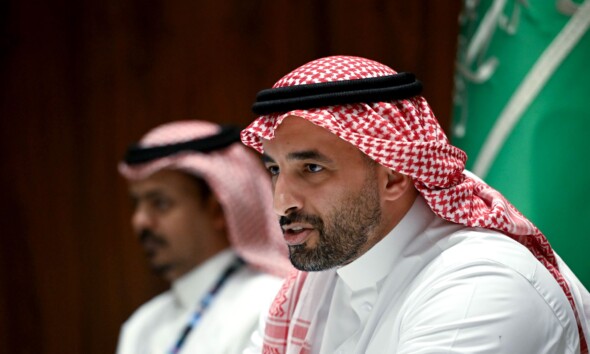
The Saudi Dr. Abdulaziz Al-Bassam: A National Leader with Global Insight
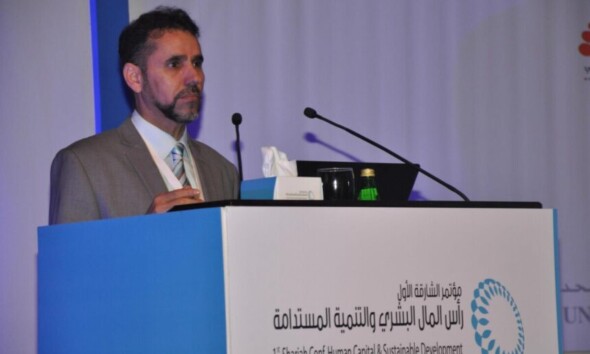
Hamied Al-Hashimi: The New KSA’s Political Realism Exceeds Conventional Calculations
